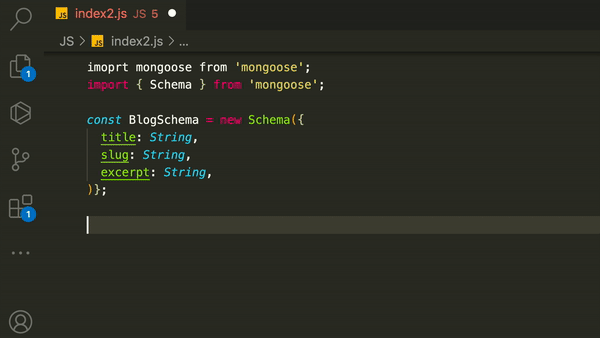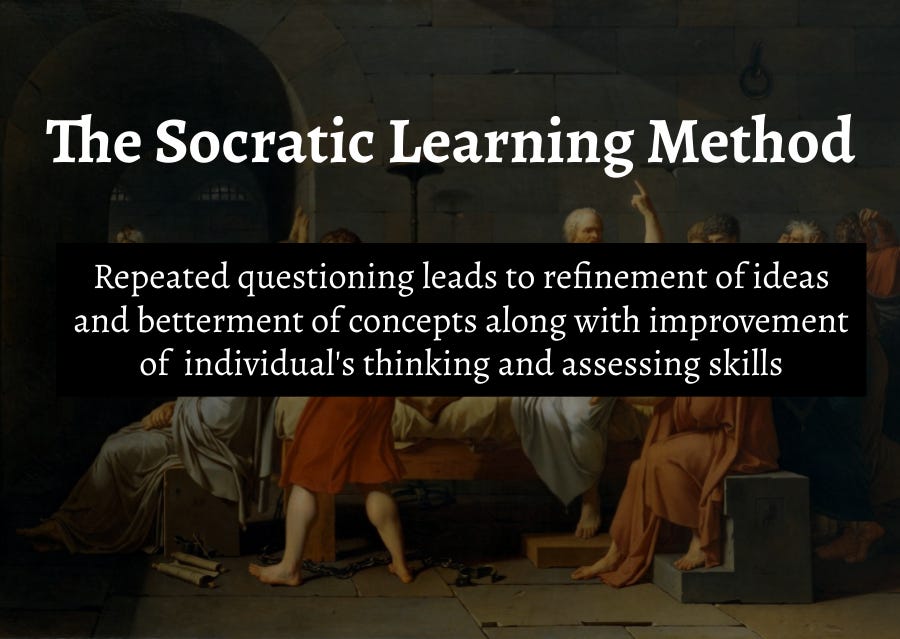AI-Assisted Coding: My Experience as a Startup Founder
Week 86 of Founding Typogram
Hey there, friends! 😊 I hope you’re having a good week so far.
As a startup founder, I’ve found that the dynamic nature of my work demands versatility and adaptability. It’s been quite a journey, and I’m genuinely grateful for the incredible power of AI in helping me navigate the challenges of running a startup. AI has helped me create content, manage emails more effectively, automate processes, and, yes — write code to bring my vision to life more easily and quickly. Startup founders might be among those who benefit the most from AI, given the demands of the job.
In today’s newsletter, I thought I’d chat about using How I use AI for coding. It’s amazing how technology keeps changing the way we work, and this is just one more example. So, let’s get into it and see how AI can make programming tasks a little easier and more enjoyable. 🤖💻
1. Early Experiences with AI-Assisted Programming: Copilot’s Predictive Capabilities
In the early days of AI-assisted programming, I began using Copilot as a tool to predict and generate code snippets based on my intentions. At times, it was quite intelligent; it would astound me by suggesting blocks of code that perfectly matched my desired functionality. However, I also realized that, in many instances, Copilot was more of a glorified auto-complete feature. It would often predict what I was about to type in the next second rather than fully understanding the broader context of my code. Despite its limitations, it was an interesting experience to see how AI could assist in programming tasks.
2. Write Code Comments and API Documentation.
Initially, I gained access to Copilot and Tabnine, which greatly assisted me in writing code comments on a line-by-line basis. These tools offered an efficient solution to my reluctance to document my code comprehensively. Later on, when ChatGPT was released, I took advantage of this new AI model to further enhance my approach to code documentation. By feeding an entire code file to ChatGPT, it would generate comments for each function in JSDoc format, going beyond the line-by-line assistance provided by Copilot and Tabnine.
In order to create the documentation site, I utilized a JSDoc plugin that helped streamline the process. As long as the code was not too lengthy, the AI model, paired with the JSDoc plugin, proved to be highly effective. Thanks to ChatGPT and the JSDoc plugin, I was able to create a detailed internal API documentation site within an afternoon—a task that would have previously taken days or even weeks.
3. Create a Proof of Concept for a Feature or Functionality.
Using AI to create quick proof-of-concept code for features is another significant step further in utilizing AI for writing code. I give the AI prompts to generate example code or small prototypes that demonstrate the desired functionality. Once the proof-of-concept is created, I can manually incorporate it into my main application. No more time wasted trying to figure out the details in code syntax or finding the best methods to use within a framework.
This strategy has been especially helpful when working with JavaScript frameworks like Paper.js, which unfortunately lacks searchable API documentation. In the past, I often struggled to find the right method to implement my ideas, but using AI to create proof-of-concept examples has given me a shortcut.
4. Give AI a Series of Prompts to Write an Entirely New App from Scratch.
After gaining confidence from using AI for proof-of-concept code, I decided to try something more ambitious: giving AI a series of prompts to write an entirely new app from scratch. I had heard about Svelte, a new JavaScript framework, and Supabase, a Firebase alternative for backend-as-a-service platforms. I wanted to explore these new technologies but was hesitant because getting started often takes a lot of time.
Instead of diving in on my own, I asked the AI to walk me through the process and see how far it could take me in creating a fully functional app. To my surprise, it went pretty far! As long as the context was maintained, I could keep asking the AI to improve the code and even help me debug any errors that popped up. All of this happened without me having any prior experience with Svelte or Supabase.
The AI not only helped me create a working app within a weekend but also sped up my learning curve in understanding these new technologies. It was an incredible experience that showed the true potential of AI in software development.
The Educational Power of AI
In my opinion, the true potential of AI lies not only in its ability to assist with tasks but also in its immense educational value. AI technology enables us to return to the Socratic method of learning by engaging in a personalized question-and-answer process that allows us to dive deeper into a subject matter.
For example, even though I had been using Vue.js extensively for many years, it was only after asking a series of questions to the AI about the differences between Svelte and Vue in their rendering mechanisms that I gained a profound understanding of how both frameworks operate. This newfound depth of knowledge was unlocked through personalized AI-guided inquiry, which enabled me to explore and learn in a way that traditional learning methods might not have allowed.
As AI continues to evolve and improve, we can expect even more powerful educational experiences that facilitate a deeper understanding of complex topics.
Hear from You
What has been your experience with AI in software development, and how has it impacted your learning process? I am keen to hear from you!
❧
See you next week! If you have friends who are interested in founding startups, please consider sharing my newsletter with them!




